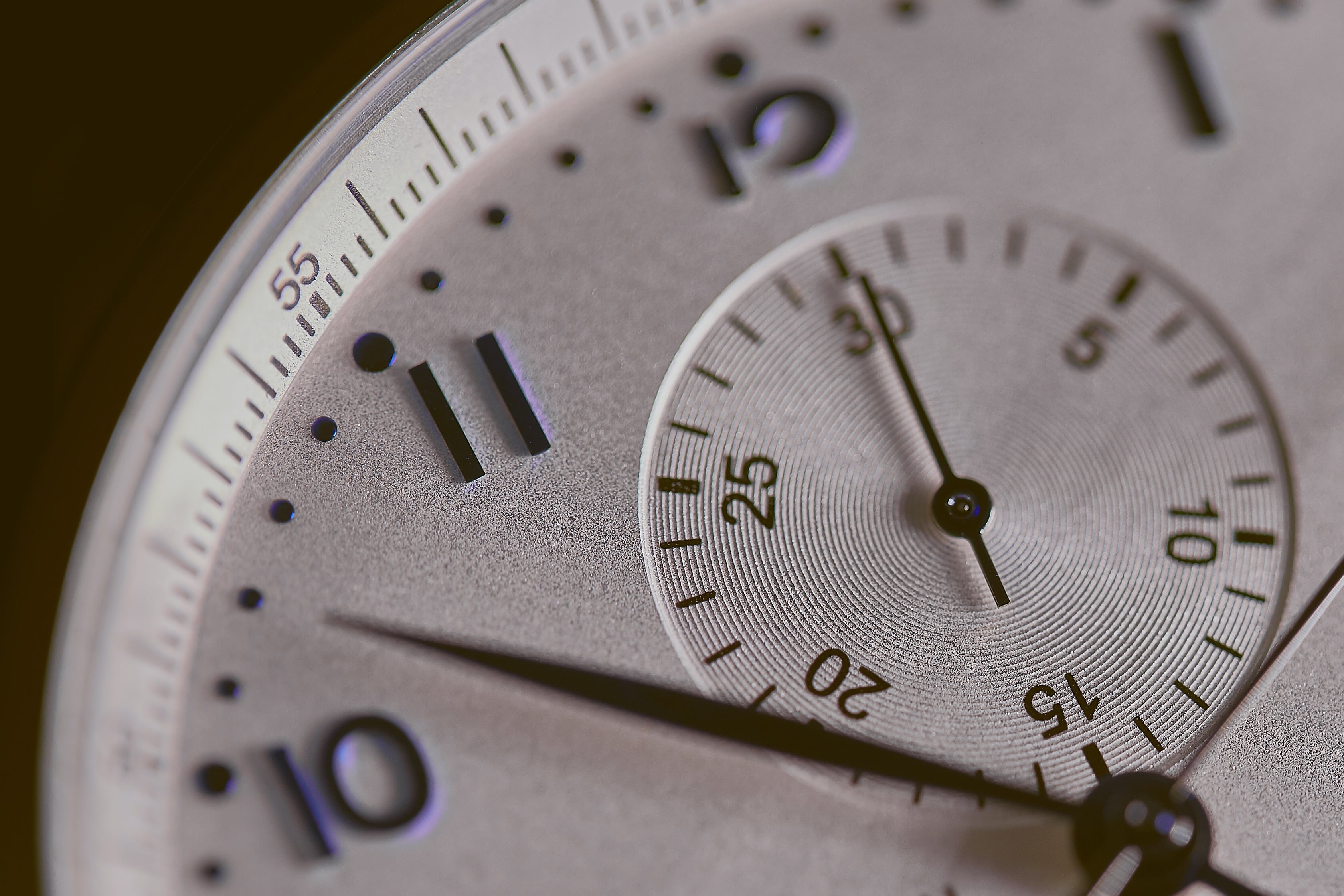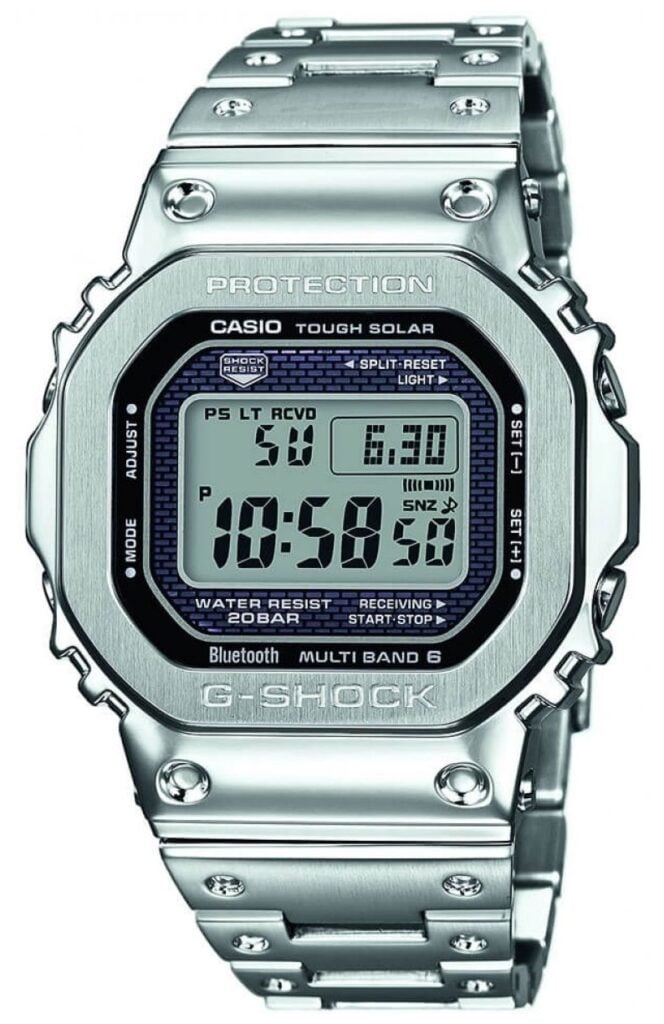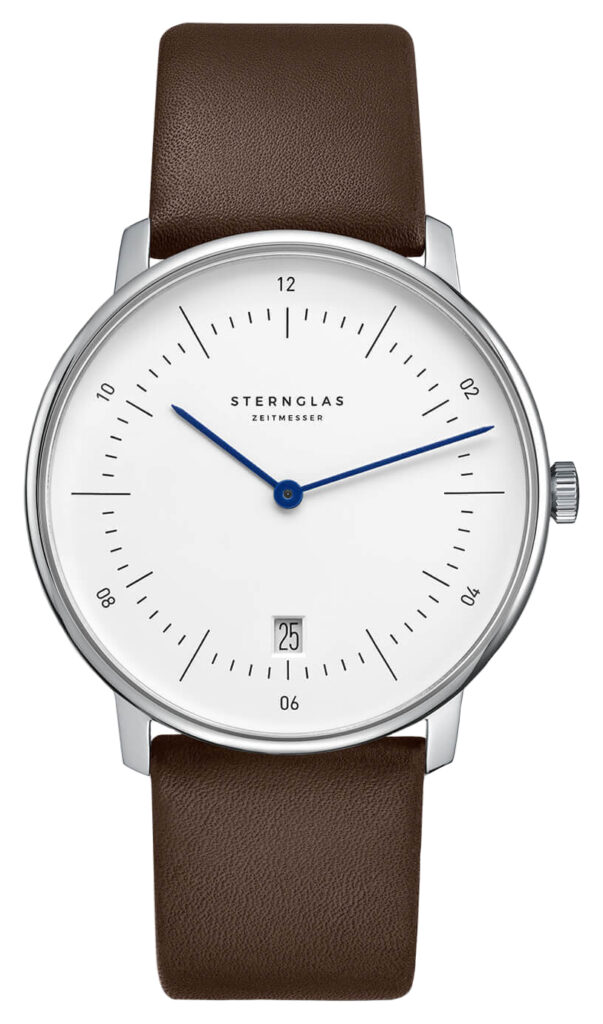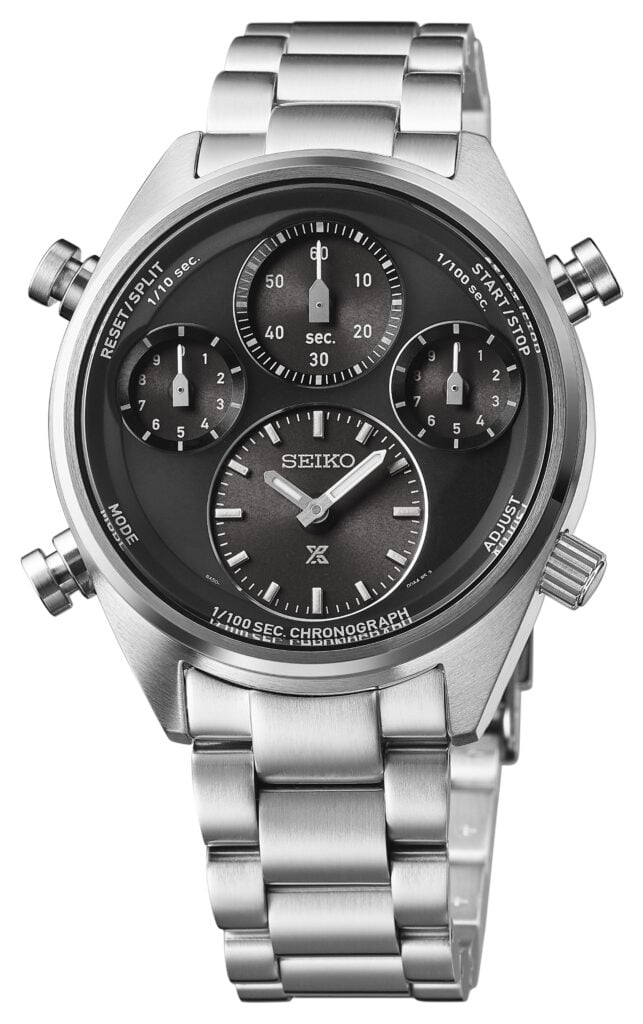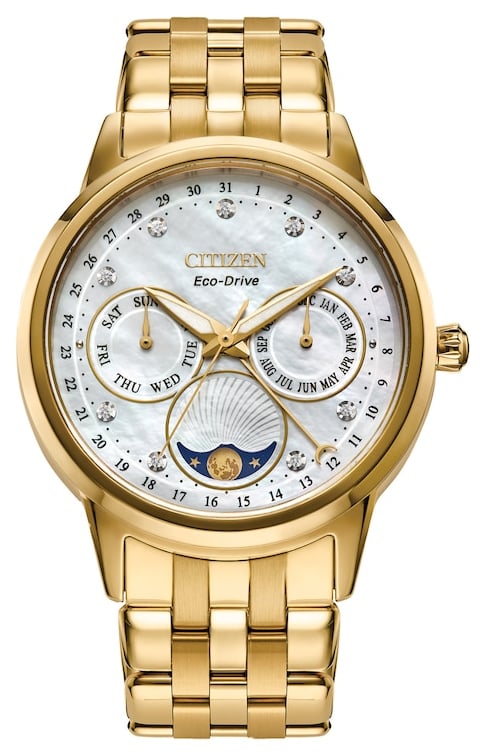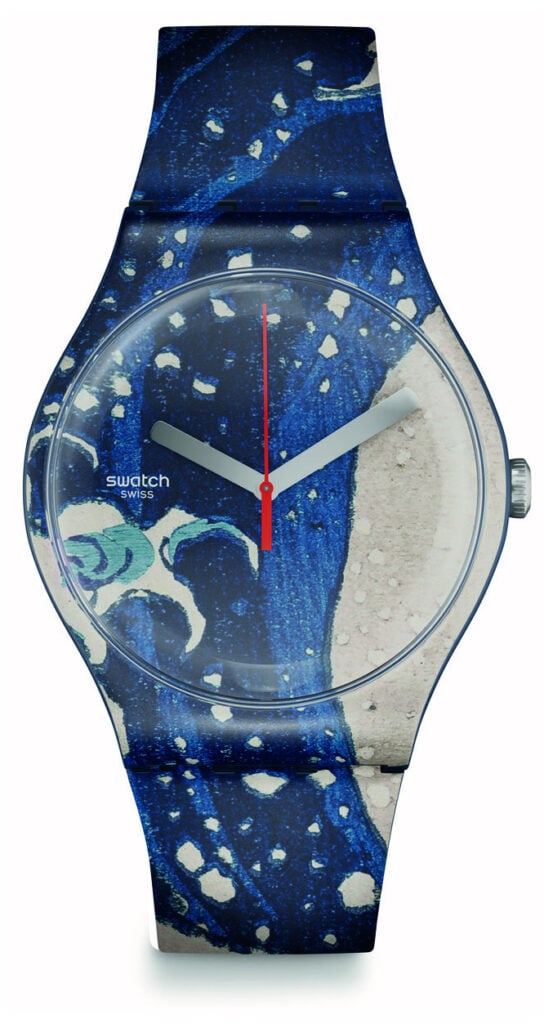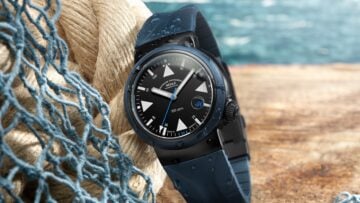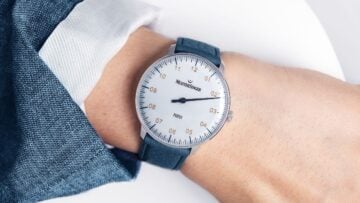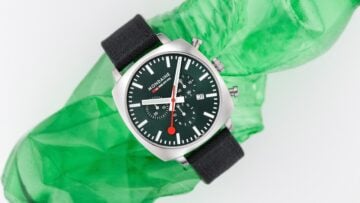After covering hand-wound watches and automatic watches, naturally, today we move on to quartz watches. Quartz is the youngest of the three types of watch movement and works very differently from its mechanical counterparts. As a result, the quartz watch took the world by storm when it was first introduced in the 1970s. In fact, they have remained the most widely-used movement type since the 1980s. But what is a quartz watch, and why was it so revolutionary?
The Basics: What is a quartz watch movement and how is it different to mechanical watches?
To refresh your memory, the ‘movement’ is the powerhouse of the watch. It’s made up of multiple components which work together to power the hands and other functions the watch may have, like a date display. There are three different types of movement, namely: hand-wound mechanical, automatic mechanical and quartz.
The main distinguishing factor of quartz watches is that they are powered by a battery instead of a mainspring. So, unlike their mechanical counterparts, quartz watches don’t need to be wound or worn to keep their accuracy.
Of course, with this in mind, it’s easy to see how the invention of the quartz watch destabilised the industry.
Why were quartz watches so revolutionary?
With their convenience and low maintenance reliability in mind, it’s easy to see how the invention of the quartz watch destabilised the industry.
In fact, the era of their invention was so impactful it became known as the ‘quartz crisis’ in Switzerland. Lasting from the 1970s until the 1980s, the large shift towards quartz caused a dramatic decline in traditional Swiss watchmaking. As consumers began turning to cheaper quartz alternatives produced by the likes of Seiko, demand for Swiss mechanical pieces fell. In turn, this caused even some of the most popular mechanical watch manufacturers to go out of business. So much so, that by the end of the ‘crisis’ Swiss watch employment had dropped from 90,000 to 28,000.
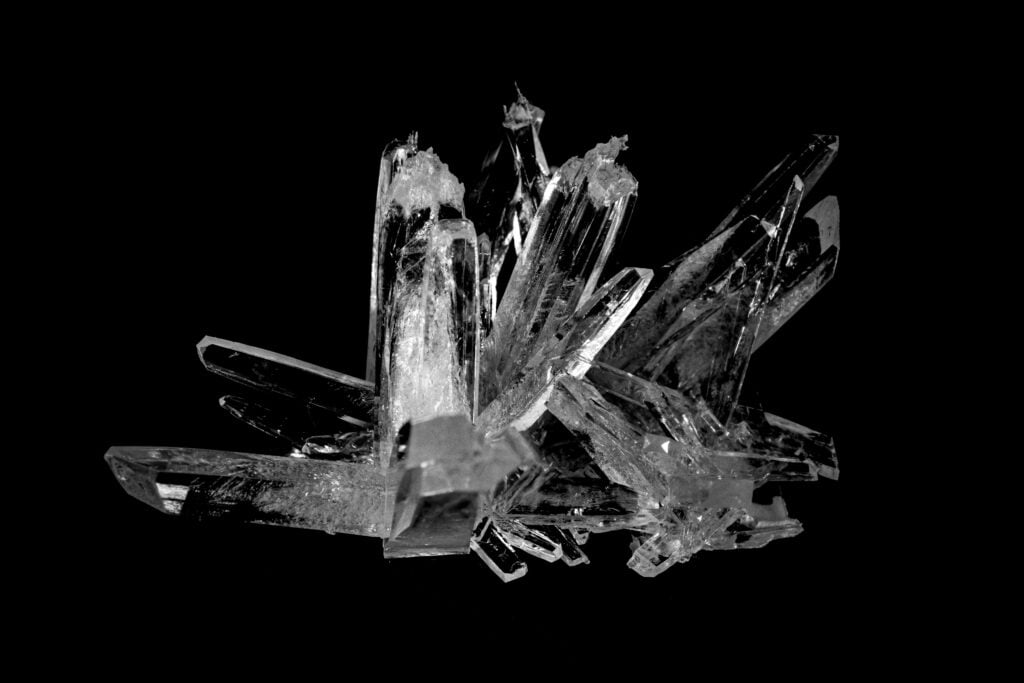
Why are they called ‘quartz movements’? And how do they work?
Simply put, one of the main components of a quartz movement is a quartz crystal, hence its name. But what does the quartz crystal do?
Naturally, quartz crystals are piezoelectric. This means that, with pressure applied to it, quartz crystals have the ability to emit a small electrical charge. Likewise, the reverse is also true. So, when the quartz crystal in the movement is supplied with electricity from the battery, it oscillates at a precise frequency. To be exact, this frequency is 32,768 oscillations per second.
A microchip circuit within the movement detects and counts the frequency of the quartz’s oscillations. When it has counted up to 32,768 oscillations, the microchip circuit then sends out an electric pulse. And with the quartz regulating this frequency to 32,768 oscillations per second, this means the pulse is sent out consistently every second. It is this pulse that drives the hands of the watches.
There are both battery-powered quartz watches and solar-powered quartz watches on the market today. Battery-powered models usually have a life span of a few years before the battery needs replacing, but solar models can last even longer. This is because they can recharge themselves by absorbing and converting light into electrical energy, which they keep as a power reserve. So, with enough exposure to natural and artificial lighting, you won’t need to replace the battery as often.
Why buy a quartz watch?
Quartz watches attract many consumers due to their convenience, low maintenance, cost and reliable functioning.
Unlike both types of mechanical watches, they do not rely on the user for power. Consequently, it’s a great watch collection addition as you don’t need to reset the time after not wearing it for a while. Additionally, this also means they are a lot less high maintenance than their mechanical counterparts.
Moreover, the precision of the quartz’s oscillations makes it far more accurate than most mechanical watches. As they oscillate at a consistent frequency, many experts predict that quartz watches are usually accurate to within half a second. However, for mechanical watches, this accuracy drops to a range of a few seconds.
Many quartz watches are also the cheapest option of the three movement types. But, this is not to say that their luxury is sacrificed. Even though they don’t boast a lavish and intricate movement, many high-end brands opt for quartz for its accuracy.
Interested in learning more? We have a whole post breaking down quartz vs automatic mechanical watches here.
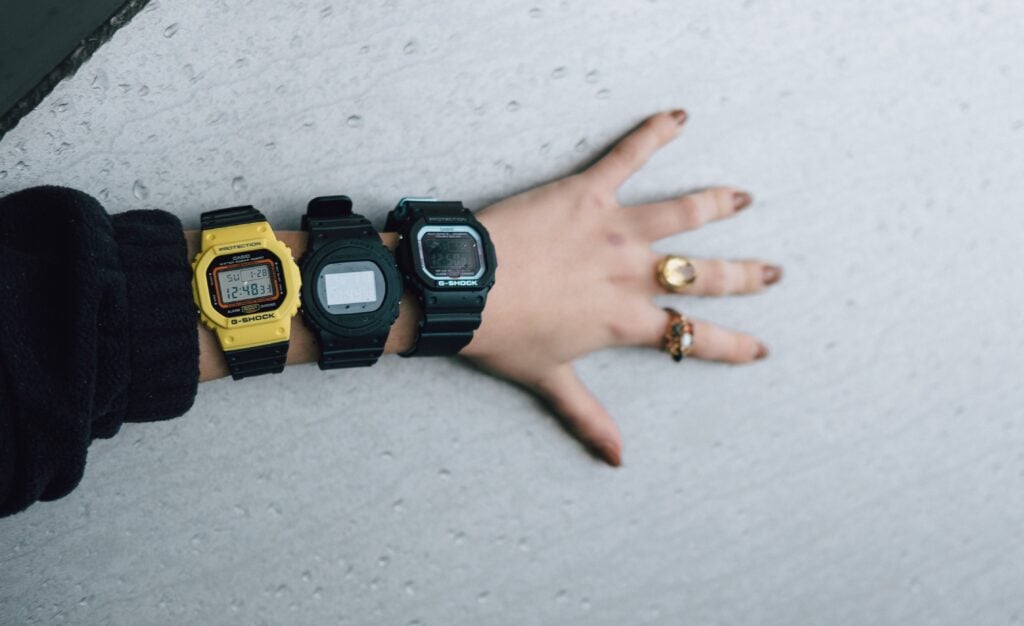
Our Recommendations for Quartz Watches
Casio G-Shock Limited Edition Radio Controlled Bluetooth Solar GMW-B5000D-1ER
One of the brands that thrived in the quartz revolution was Japanese-born Casio. Even today, they remain one of the most influential quartz-oriented brands in the world.
We love the aesthetic simplicity but mechanical maximalism of this Casio G-Shock piece. A nod to the brand’s heritage, it’s a quintessentially Casio design. Its digital dial display is housed in a 43.2 mm stainless steel case and finished with a matching bracelet. Although it boasts a slim profile, it’s packed full of functionality. The first feature is its Bluetooth connectivity, which enables functions like the phone finder. Other functions include alarms, an LED backlight, a stopwatch and a lap timer, as well as a world time function. As it’s radio-controlled, you can also be assured that all timing functions are exceptionally accurate. Additionally, it’s also incredibly durable with a water resistance of 200 metres and temperature resistance of up to -10°C. This is partly owing to its core guard structure, which also protects it against shock and vibration.
And to top it all off, it’s solar-powered, meaning it’s both sustainable and long-lasting. A truly outstanding quartz piece.
STERNGLAS Naos Quartz (38mm) White Dial / Brown Leather S01-NA01-PR04
This Sternglas piece exemplifies how you don’t have to sacrifice a traditional design for the benefits of a quartz movement.
At its centre is a clean white dial coupled with crisp baton indices. To subtly optimise the dial’s legibility, the hour markers are longer at alternating positions. Moreover, at each even-hour position, the batons are accented with double-digit Arabic numerals to complete the contemporary design. Above the 6 o’clock hour marker, there is also a neat date display as an added functional touch. For a traditional edge, two blued hands indicate the hour and minutes.
Housing both the dial and Swiss-made Ronda 714 quartz calibre is a circular stainless steel case. In diameter, it measures 38mm in diameter and has a slim profile thickness of 6mm. Finally, completing the silhouette is a brown soft calf leather strap.
Seiko Prospex ‘Black On Black’ One Hundredth Of A Second Speedtimer Chronograph SFJ003P1
Seiko is also at the top of its game in the quartz industry. Its recently released Prospex Speedtimer is the embodiment of an exceptionally performing solar quartz chronograph, made particularly appealing by its unique look.
Instead of one main dial, the watch’s functions split into four subdials. The lowermost subdial displays the primary hour and minute functions, whilst the other three divide up the chronographic functions. The chronograph itself is incredibly accurate and has the ability to measure time to one-hundredth of a second. Framed in a 42mm stainless steel case, both the background and the subdials themselves are black with steel trimmings. Finally, an elegant three-link stainless steel bracelet secures the watch to the wrist.
Citizen Women’s Moonphase Eco-Drive (36.5mm) Mother-of-Pearl Dial / Gold Stainless Steel Bracelet FD0002-57D
One of Citizen’s specialities is its Eco-Drive technology, which is the brand’s exclusive solar-powered quartz movement. Impressively, Eco-Drive models can last up to six months on a singular full charge and take power from both artificial and natural light. It powers much of the brand’s portfolio, including this stunning gold Moonphase piece.
A dreamy white mother-of-pearl dial set with twelve diamond indices forms the centrepiece of the design. Its off-beat design features three subdials as well as an unusual date ring that encircles the outer dial. Whilst the gold-tone hands indicate hours, minutes, seconds and the date, the subdials display the weekday, month and moon phases. So that the time is readable even in limited lighting, the hour and minute hands feature a luminescent inlay. Topping off this gorgeous design is a luxurious five-link gold stainless steel bracelet.
Beautiful and opulent without a hefty price tag, this Citizen is a real winner for us.
Swatch Louvre Abu Dhabi THE GREAT WAVE BY HOKUSAI & ASTROLABE SUOZ351
For a fun closing recommendation to round off our list, a Swatch is a must. One of our particular favourite collections is the brand’s Art Journey line, which transforms masterpieces into wearable works of art.
In collaboration with the Louvre Abu Dhabi, this particular piece features extracts from Hokusai’s ‘The Great Wave’ and ‘The Astrolabe’ by Muhammad ibn Ahmad Al-Battûtî. Hokusai’s painting extends across the plastic case, dial and silicone strap. Meanwhile, the ‘Astrolabe’ coats the underside of the watch. Emphasising the incredible detail in the painting, the dial only features two steel hour and minute hands. To contrast them, there is also a bright red second hand. So that the watch makes an unmissable statement on the wrist, the case measures a sturdy 41mm in width. Fun, playful, and perfect for budding art lovers, this Swatch is a brilliant everyday quartz piece.
We hope that our post today clarified what a quartz watch is and that you liked our quartz recommendations! But, to help out some budding watch collectors, be sure to leave your favourite quartz pieces down below.

